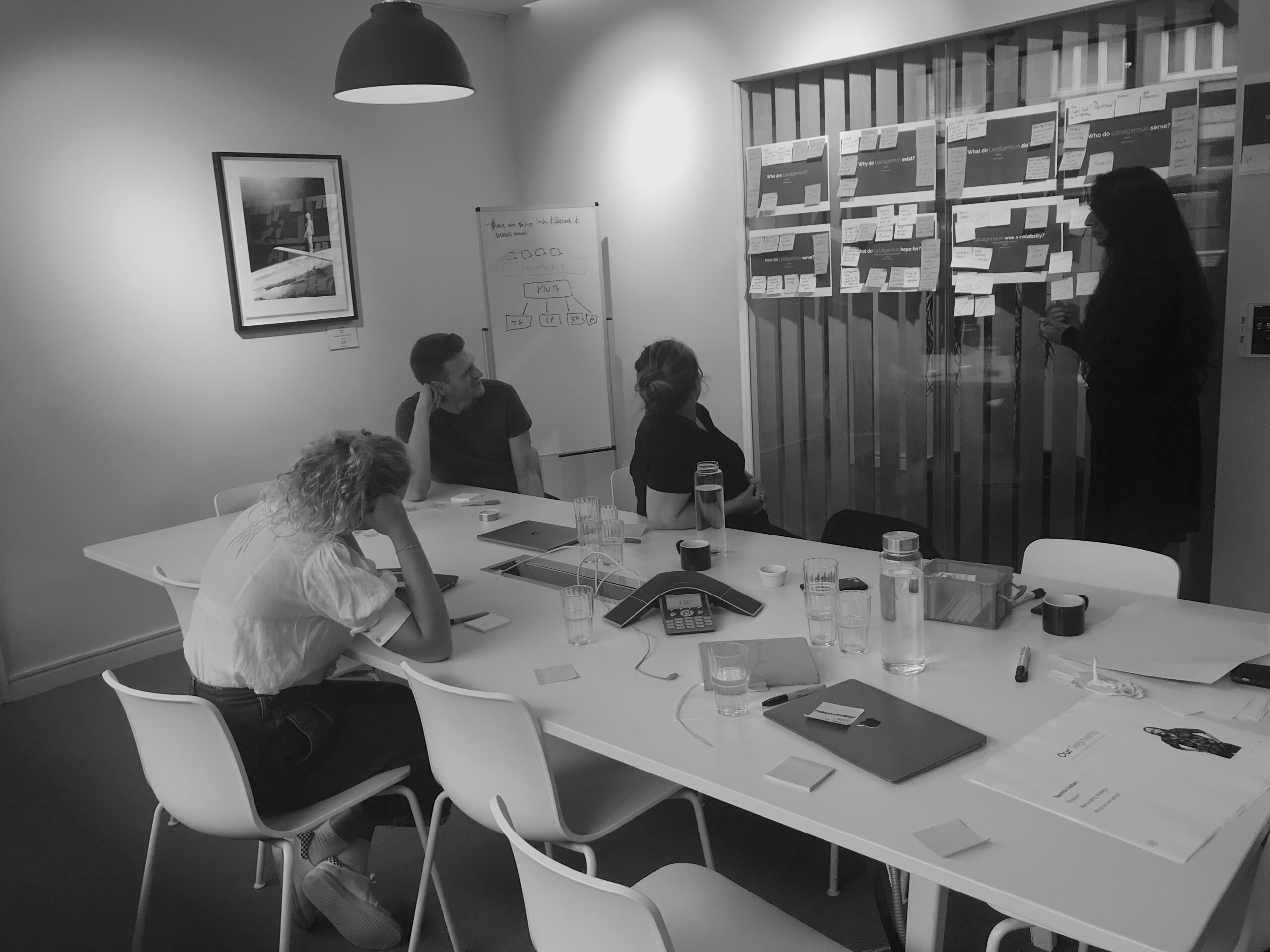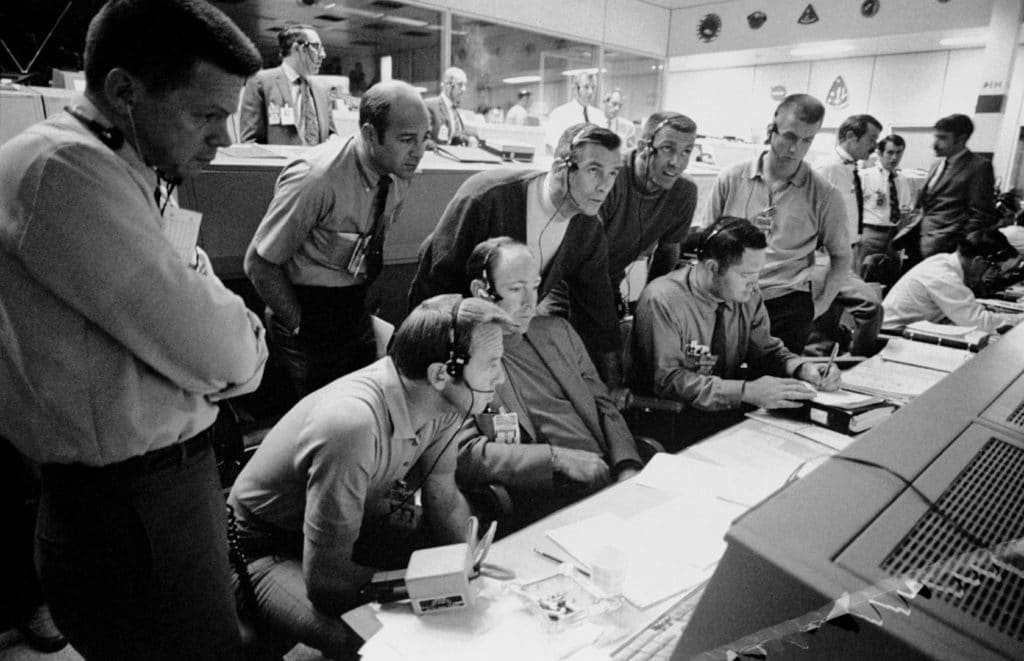This is part 2 of our contextual commerce startup series. To read part 1, please click here
“Why contextual commerce?”
Traditionally businesses with strong brands that sold directly to consumers had brand sites on a content management system such as WordPress, Drupal, Kentico or Sitecore. Marketers created campaigns that were signed off by the brand team and were often focussed on softer business metrics such as engagement, newsletter signups (some lead generation as well).
If they had an online store, you clicked a link at the top right-hand side of the header and went off to another separate website – ran by a Magento, Shopify or the like. The logo was the same, as were the product names, but nearly everything else felt different. The colour scheme was different, the navigation, the way products were organised, the product descriptions and even the related products. This part of the business was driven by the sales team that was all about hard revenue related conversions and running promotions. From a business perspective, it is representative of the business unit silos that we all battle with every day.
Clear demarcation meant that the two websites could be operated separately and therefore ended up with a different customer experience.
The only example I can think of in the real world with a duality like this is IKEA. You wander around the upper levels seeing products laid out in the context of regular rooms, with everything matching and coordinated. You go on a curated journey from the living room to the lounge to the dining room. Then when you want to buy something you get in an elevator to the basement where you need to navigate a completely confusing aisle naming convention with 7 digit codes to look for a set of brown boxes that look the same as every other box in the floor to ceiling warehouse.
This split modality is rare in real life but has sadly been common in the digital world. Apple still has it. I’ll say that again – this challenge is so hard that even the most valuable company on the planet has not fully solved it online – however, it is getting much closer than it was only 12 months ago. On the beautifully designed parallax scrolling iPad Pro page there is a buy button that jumps you to a more traditional eCommerce experience. The navigation changes as does the content and the browsing and product immersion journey is different from the buying one.
It is not just retailers – another group of companies that are part way through digital transformations and therefore have split customer experiences are restaurant chains. If you go to KFC.co.uk, you can browse the marketing site and even view the core menu. Then if you want to order you need to click order, then select your store and then you are shown the menu of your local store in a completely different format (in most areas it is delivery) with a slightly different menu. It is confusing for consumers (we know because we ran a usability test on it last year).
It makes logical sense from the business perspective – food menu variation across different stores and regions, marketers don’t want to be tightly integrated with an EPOS system, slowing down a marketing capability. However, all this results in really awkward customer experience.
Through the looking glass – modern digital retailing
Those companies that are either digital-first or further through their digital transformation have settled on a headless experience where the content management (publishing) and eCommerce (selling) is still separate but decoupled from the front end-user experience (the glass). The Glass is now completely free to be whatever it needs to be to deliver the best customer experience. Nike.com is a prime example of this. The campaign and product experience are seamless. The product page for the Apple Watch Nike + is a commerce and storytelling experience all in one.
It is not just the mega brands that can afford this. Lush is a cosmetics brand that has created a similar experience as described above. They take it one step further by having buy buttons for products in a blog post, making the selling experience happen in the context of the content experience.
Because the modern eCommerce engine is designed to be decoupled it is also perfect for another important sales channel – social commerce. Lush is able to promote social posts of its products which you can also then buy in platform. All through the same.
“What does that mean for our jams?”
OK so there is some nice theory on modern eCom, but what does that mean to us? Well, we are not going to be jumping into tech election quite yet as we don’t know what the business model or product proposition is. That’s mainly because right now all we have is one handcrafted jam and no understanding of the customer audience. The first step in design thinking… research.
Before her holiday, Mariam suggested that Nimi does some desktop research, and also set up an interview with the Jam master general himself – Marc Horsted of JamFace Jams.
Nimi discovered that Jamface Jams started as a wedding gift favour at Marc and Natalie’s wedding. Guests enjoyed it so much they would ask Marc to make more for them. This got him thinking about having a side business doing one of the things he loves most… Making Chilli Jam!
Having friends in delicious places helps. Marc started using a professional kitchen that belongs to a friend who is a chef. Now Marc personally engages with regional business owners, allowing them to taste the chilli Jam and agree on a sale. He is finding that the product sells itself as the majority of the businesses he approaches will buy, starting with a trail order of a small number of jars and then ramping up from there.
“Who are we going to target?”
The target audience of Jamface Jams is socially conscious people who would visit food places like a farmers market to discover new foods. They are people who like to try new things and experiment. People who would be ok spending £5 on a jam knowing that it is locally produced and a high-quality product. Many other chilli jams focus on the sweetness or the heat of the chilli, however, Marc’s focus is on the standout flavours delivered by the chilli such as the smokiness.
But we haven’t decided what exactly our business is.
– Are we just a retailer for JamFace? Or are there other products we need to source? Is it a local box for Margate produce or a selection of the best chilli jams in the UK?
– Are we B2B or B2C? Going direct to consumer we have overcome high shipping costs but Marc told us it is the tasting that convinced delis to stock his product.
– Are we focussing on London, Margate or nationwide? Are we delivering on bikes or do we need to look at a carbon-neutral tax to offset DPS or similar pitching up at customer houses and parking on the double yellow lines with our boxes
– What is our activation approach? A summer BBQ pack would be great but we wouldn’t be live until the end of August combined with Nathalie and Marc being at a music festival that weekend it feels like that ship has sailed.
Stay tuned to find out about our trip to the beach to eat delicious food – all in the name of research.



